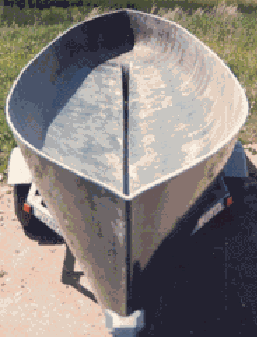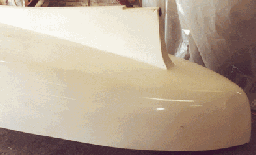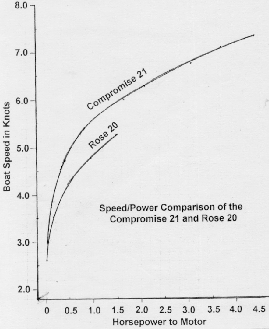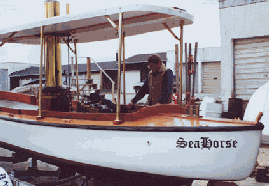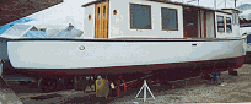|
Compromise Hulls were first
developed by the Truscott Boat Manufacturing Company of St. Joseph's
Michigan, prior to 1900. It was obvious by then that the popular
fantail hulls had a number of distinct disadvantages.
First; the waterline length was short, being only 85% of the overall
length of the hull. This meant that the hull speed was
unnecessarily slow and energy was wasted in an attempt to move the boat
at reasonable speeds.
Second; because of the fact that much of the hull was not in the water
(notably the fine fantail or stern) much buoyancy was lost and
stability was precarious.
Wide stout hulls avoided these drawbacks, but again were very wasteful
of propulsion power, as their larger cross sectional areas required
extra energy to push them through the water.
The Compromise Hull was developed and became a compromise between these
various hull shapes. Its hull has a wide stern, which is fairly
flat contributing to fore and aft, and athwartship stability.
Moreover the stern remains in the water until the very back of the boat
resulting in the waterline length being 95% of the boat length and
consequently, a greater hull speed.
|
|

